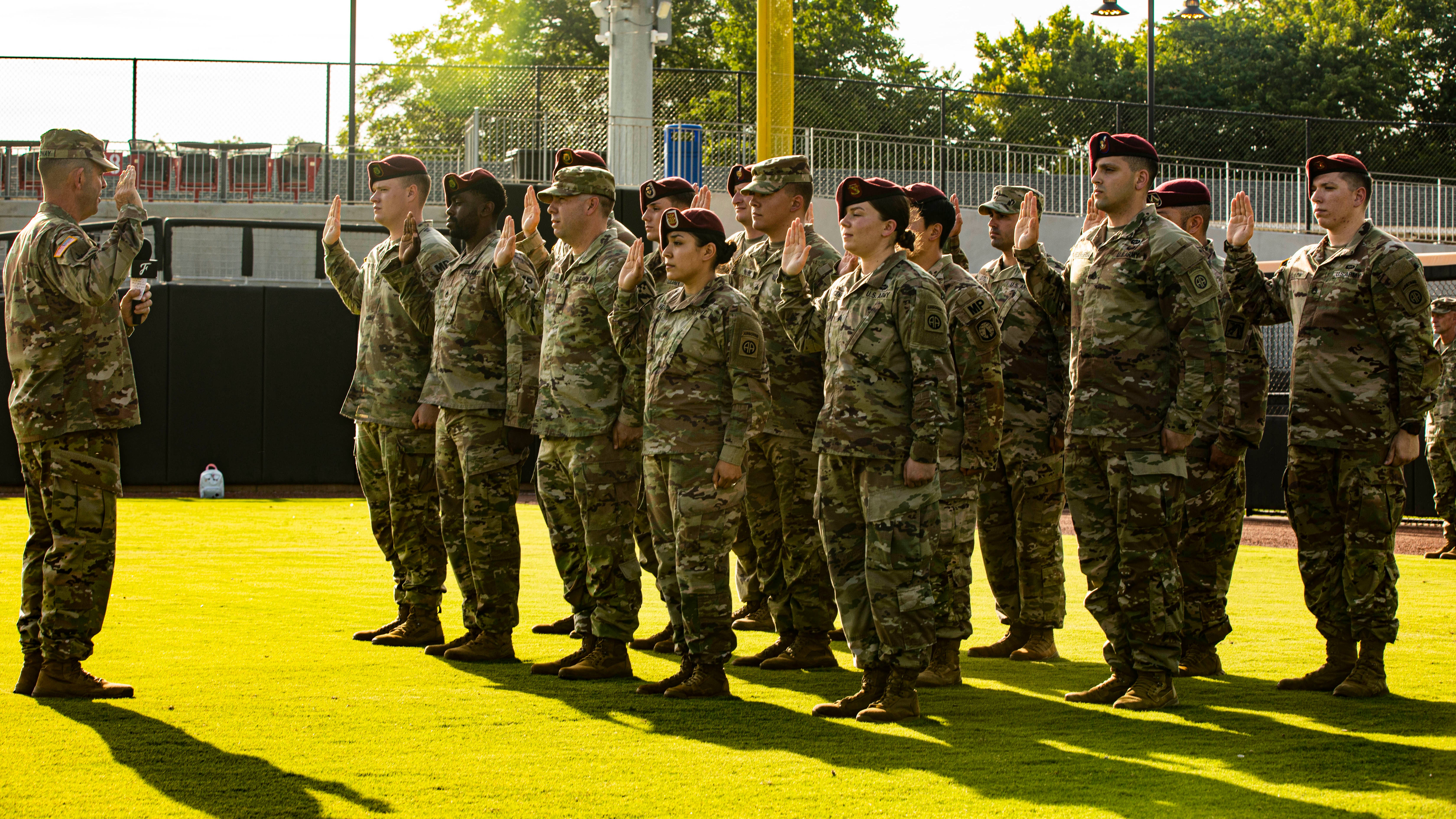New Army Recruiting Programs ‘Gaining Traction’
New Army Recruiting Programs ‘Gaining Traction’

People are the centerpiece to building the Army of 2040, and the service is going to have to “recruit differently” to meet the most challenging recruiting environment in decades, senior leaders said.
In the coming years, there will be an intense focus on building the Army of 2040, “but we’re going to have to come back to reality of what it is today,” said Lt. Gen. Maria Gervais, deputy commander and chief of staff for Army Training and Doctrine Command. “We’ve had the toughest recruiting environment since the inception of the all-volunteer force.”
Pointing to fiscal 2022, when the Army missed its recruiting goal by about 15,000 people, Gervais said, “You would look at it and say, ‘That’s just a recruiting mission.’ But ladies and gentlemen, that translates into readiness. That translates into lost capability for our Army going forward this year.”
Gervais made her remarks March 30 during a panel discussion about manning the Army of 2040 at the Global Force Symposium and Exposition hosted by the Association of the U.S. Army in Huntsville, Alabama.
With several initiatives in place, such as the Future Soldier Preparatory Course, monetary and recognition incentives for soldiers who refer new recruits and signing bonuses for certain MOSs, Gervais said the Army is “gaining momentum, we are gaining traction.”
But the challenges of tapping into what will motivate the next generations are stubborn. “How much velocity can we get in a short period of time to overcome some of the deficits that we have?” Gervais said.
The company commanders of 2040, she and other panelists noted, are in sixth grade today, and the privates of today will be the command sergeants major of tomorrow.
Lt. Gen. Douglas Stitt, deputy Army chief of staff for personnel, G-1, said the Army has an “incredible track record of being able to really crystallize and see the future and identify it” and achieve outcomes. “There’s no right or wrong answer as we look at this,” he said.
But, he cautioned, “the future is rapidly upon us, even though we kind of look at a calendar and say we have time to plan and prepare,” Stitt said. “We can build and mass produce equipment, but we cannot build and mass produce humans overnight.”

